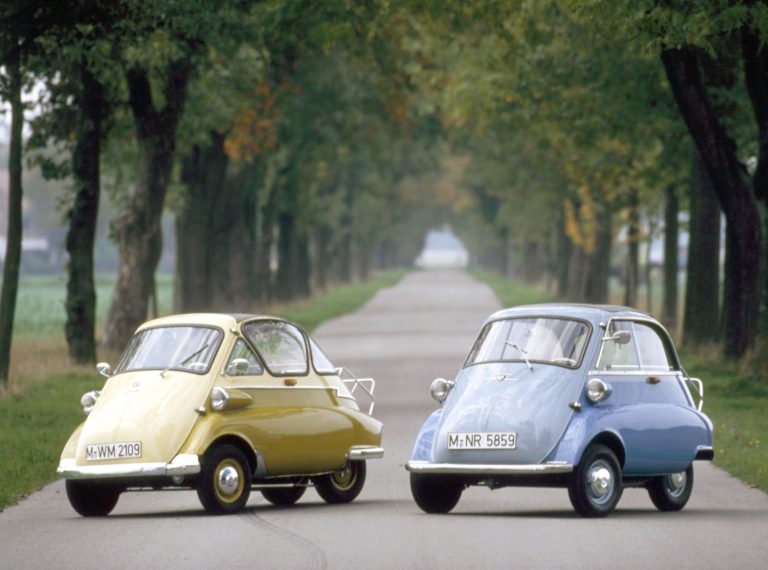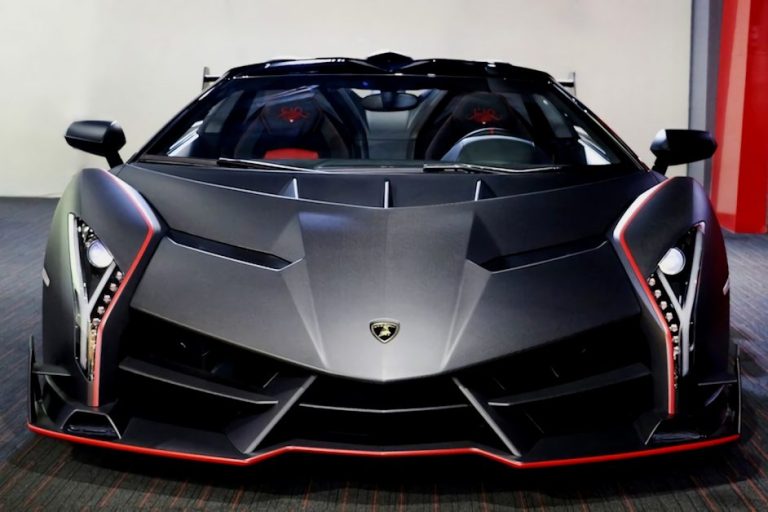What Are Paddle Shifters?
Ever wondered what those small levers on your steering wheel are? Well, they’re called paddle shifters, and they’re not just for show. These clever devices are found on vehicles with automatic transmissions, allowing you to override the automated system and switch gears manually. They’re all about adding an extra layer of fun and control to your driving experience.
Paddle shifters have sparked conversations amongst drivers, especially those who enjoy an active shifting experience. The debate of paddle shifters vs. manual is a hot topic in the world of motoring. But why use paddle shifters? In this post, we will see what paddle shifters are, how they work, and why they are a popular choice among drivers who seek a more engaging and responsive driving experience without the complexities of a traditional manual transmission.
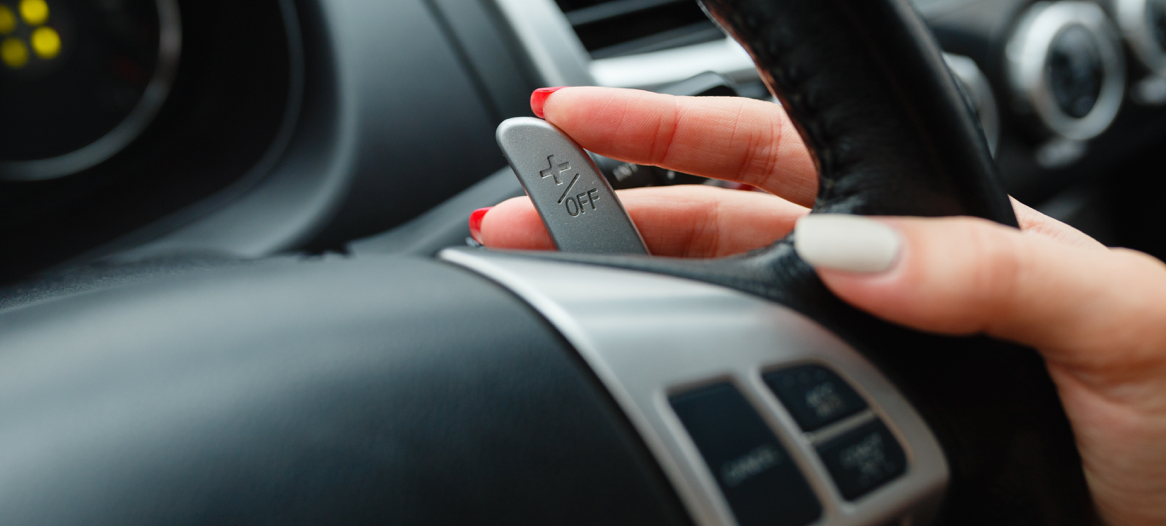
What Are Paddle Shifters?
Paddle shifters are levers mounted behind the steering wheel of an automatic transmission car. They allow you to manually control the car’s gears like you would with a traditional stick shift, but without the clutch pedal.
Here’s a breakdown of their key features:
Function:
- Typically marked with “+” and “-” or “Up” and “Down” symbols.
- One paddle upshifts to a higher gear, the other downshifts.
- Provides a more engaging driving experience compared to a regular automatic.
How Do Paddle Shifters Work?
Paddle shifters provide a way to manually control gear changes in an automatic transmission car, offering a more engaging driving experience. Let’s find out how they work:
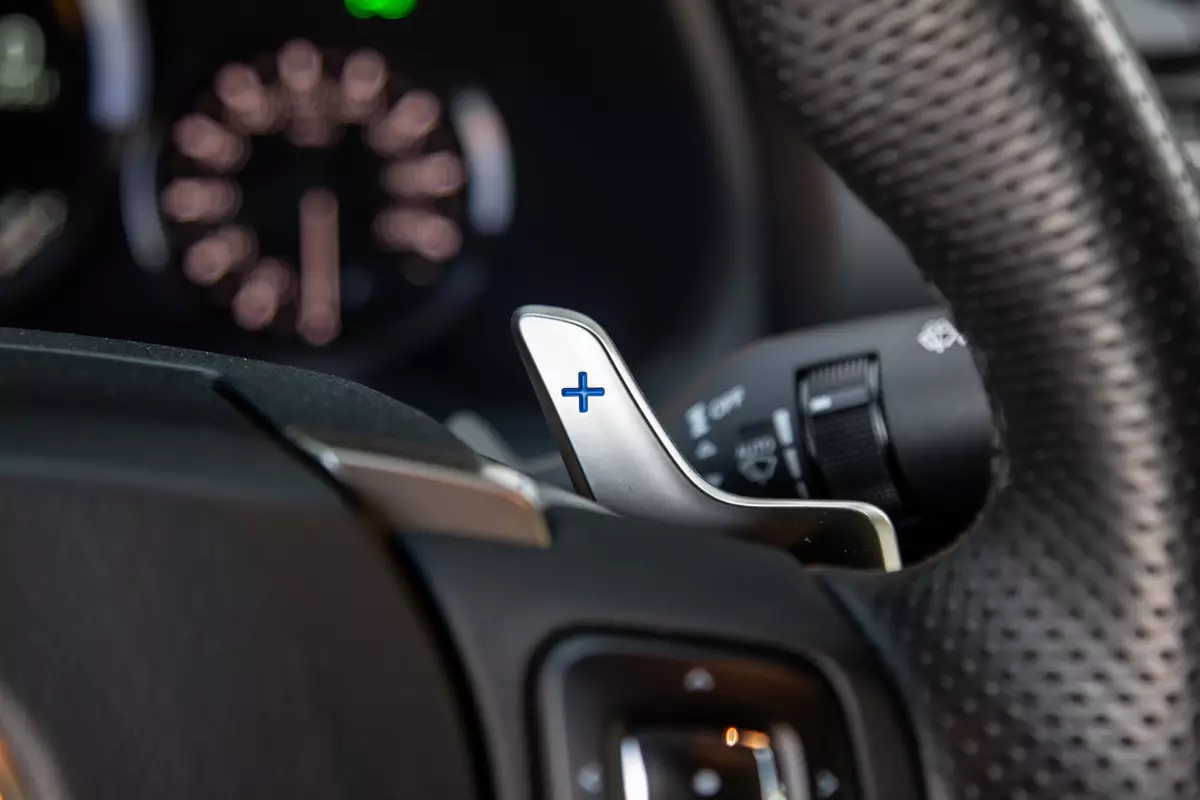
Electronic vs. Hydraulic Connection:
There are two main ways paddle shifters communicate with the car’s transmission:
-
Electronically: This is the more common method. When you pull a paddle shifter, it sends an electronic signal to the car’s Transmission Control Unit (TCU). The TCU then instructs the transmission to shift gears based on the signal and various engine parameters.
-
Hydraulically: In some older high-performance models, you might find a hydraulic connection. Pulling the paddle shifter actuates a hydraulic line that directly influences the gear selection within the transmission.
The Role of the TCU:
The Transmission Control Unit (TCU) plays a critical role in how paddle shifters function. Here’s what it does:
- Receives Signal: The TCU gets an electronic signal from the paddle shifter indicating your desired gear change (up or down).
- Engine & Speed Checks: The TCU considers various factors like engine RPM, vehicle speed, and throttle position to ensure a safe and smooth gear change.
- Command to Transmission: If the TCU deems the shift appropriate, it sends a signal to the transmission’s solenoids, which are electronic valves that control the flow of hydraulic fluid within the transmission.
- Gear Change Execution: The solenoids activate specific hydraulic passages based on the TCU’s instructions, engaging the desired gear.
Safety Measures:
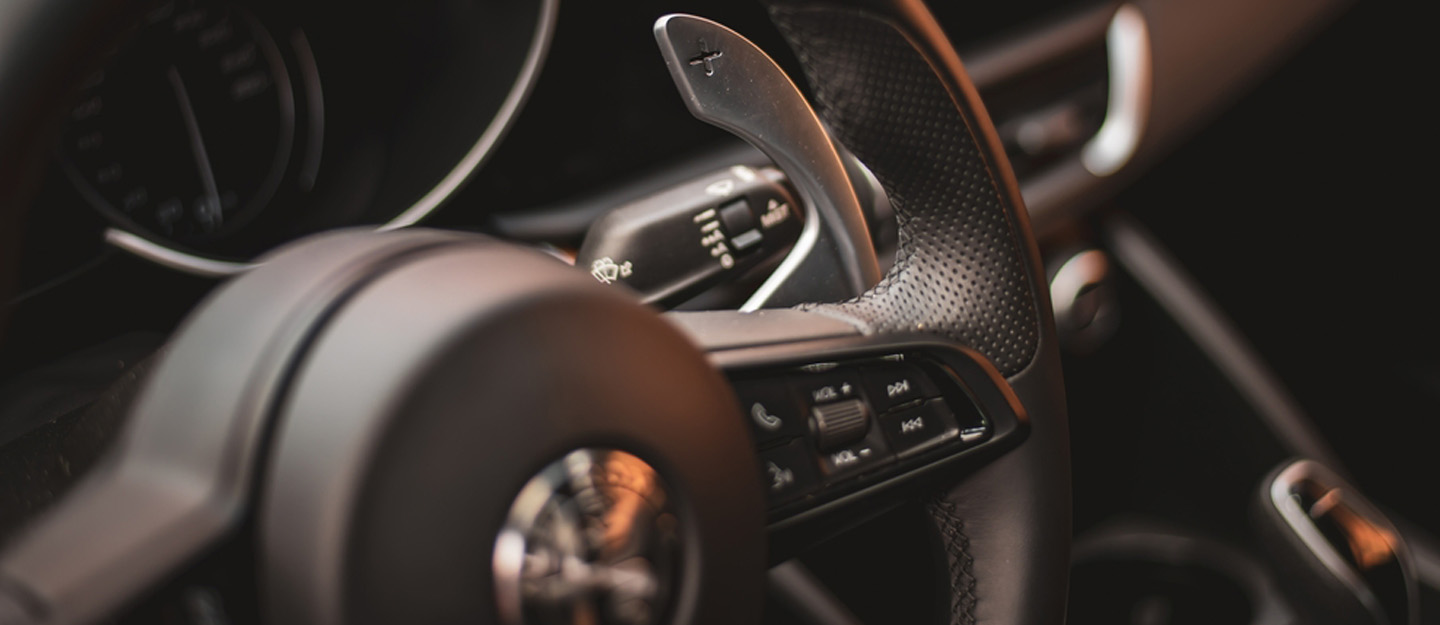
- Override Function: The TCU prioritizes engine and transmission safety. Even with paddle shifters, the car might override your gear selection if it detects a situation that could damage the engine (e.g., trying to downshift to a very low gear at high speed).
- Automatic Mode: Paddle shifters are typically used in a sport or manual mode. If you don’t use the paddle shifters for an extended period, the car might revert to its automatic shifting program.
What Types of Transmissions Use Paddle Shifters?
Paddle shifters are not typically found on all types of automatic transmissions. Here’s a breakdown of which transmissions commonly use them:
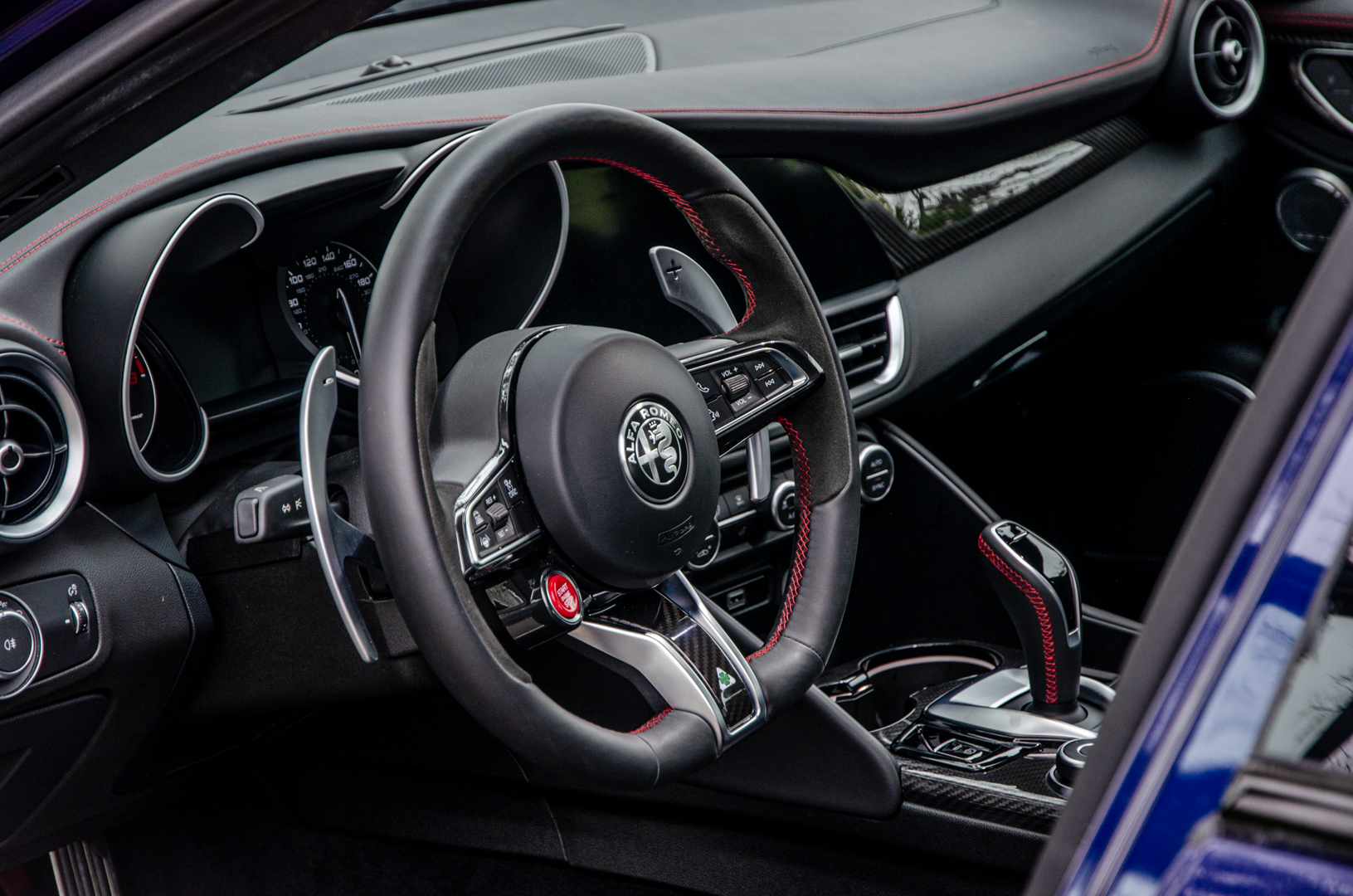
Compatible Transmissions:
- Automatic Transmissions: Many modern automatic transmissions are paired with paddle shifters. These automatics use a torque converter instead of a clutch and offer a wider range of gears compared to older models. Paddle shifters allow drivers to manually select gears within this range for a more engaging experience.
- Dual-Clutch Transmissions (DCT): These transmissions are known for their lightning-fast gear changes. They use two separate clutches to pre-select the next gear, enabling near-instantaneous shifts. Paddle shifters are a common feature on DCT-equipped cars, allowing drivers to exploit the transmission’s capabilities for optimal performance.
Incompatible Transmissions:
- Continuously Variable Transmissions (CVT): These transmissions don’t have fixed gears but operate on a pulley system with a continuously changing gear ratio. Paddle shifters wouldn’t be very effective here as there are no discrete gears to select. Some CVTs might simulate gear changes electronically to provide a more engaging feel, but they don’t offer true manual control.
- Traditional Automatic Transmissions: Older automatic transmissions with a limited number of gears (typically 3 or 4) might not have paddle shifters. These transmissions were designed for a more relaxed driving experience and may not prioritize manual gear selection.
Cars That Use Paddle Shifters
Paddle shifters are commonly found in a variety of vehicles, ranging from high-performance sports cars to more accessible daily drivers that offer a sportier feel. Here’s a short list of cars across different categories that feature paddle shifters:
Sports Cars
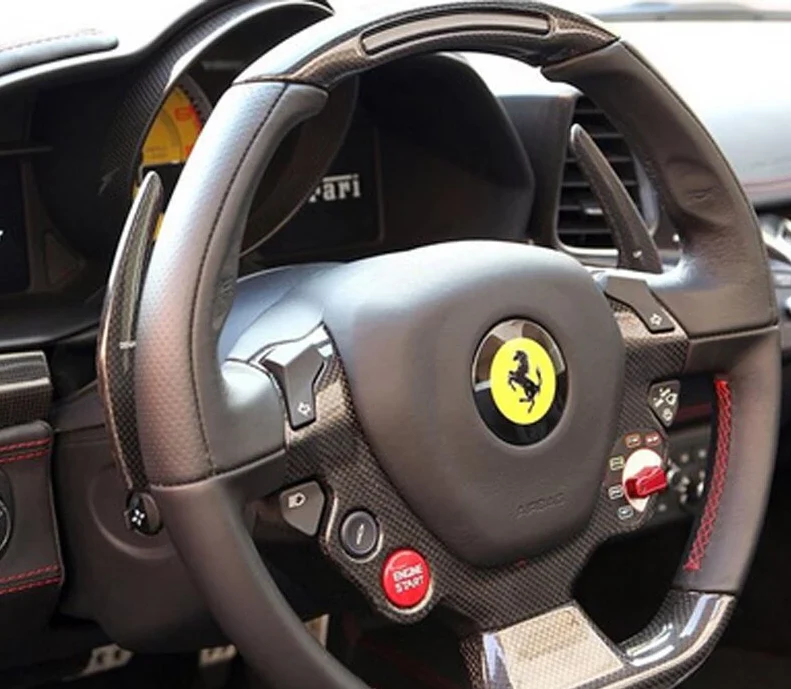
- Ferrari 488 GTB – Renowned for its sharp handling and powerful turbocharged engine.
- Porsche 911 – Offers paddle shifters with its PDK automatic transmission for precise gear changes.
Luxury Cars
- Mercedes-Benz S-Class – Equipped with paddle shifters to enhance the luxury driving experience with more control.
- BMW 7 Series – Features sport automatic transmissions with paddle shifters for an engaging drive.
Everyday Vehicles
- Honda Accord – Higher trims come with paddle shifters to give a more engaging experience in a family sedan.
- Ford Fusion – Offers paddle shifters on models equipped with the EcoBoost engine, adding a sporty touch.
SUVs
- Audi Q7 – Combines luxury and utility with paddle shifters for dynamic driving.
- Jeep Grand Cherokee – Includes paddle shifters in the higher-performance models like the SRT for enhanced control.
Frequently Asked Questions
What are paddle shifters and how do they improve driving?
Paddle shifters are switches placed right behind the steering wheel for changing gears. They enable swift and secure gear shifts without removing your hands from the wheel, enhancing overall driving safety and speed response.
Why are paddle shifters becoming popular in modern cars?
With their inclusion in various models, from the 2022 Mercedes C-Class to the 2024 Hyundai Santa Fe, paddle shifters indicate a tendency towards automated manual transmissions. They offer increased vehicle control and dynamic performance in different driving scenarios.
How do you effectively use paddle shifters?
Using paddle shifters is straightforward. Pressing the “+” on the right paddle initiates an upshift, while pushing the “-” on the left paddle prompts a downshift. Familiarize yourself with their positions and functions to optimize gear shifts.
Can paddle shifters be operational in both ‘Drive’ and ‘Sport’ modes?
Yes, paddle shifters remain functional in both ‘Drive’ and ‘Sport’ modes. Their utility, however, is most noticeable when precision driving is required, such as when tackling corners.
Can paddle shifters be turned off?
Yes, paddle shifters can be disabled. This setting is usually found in the car’s user interface where a simple check of the ‘disable’ box will turn off the paddle shifters function.
Do paddle shifters automatically change gears?
Paddle shifters allow drivers manual control over gear changes while retaining the automatic transmission’s capability to do so when required, providing a blend of operative pleasure and convenience.

Hi! I’m Larry Gibbs, studying mechanical engineering with a focus on cars. I really love Ferraris and write blog posts about the latest car stuff. When not studying or blogging, I’m usually on a road trip exploring new places. I also enjoy playing football and watching movies. Life’s an adventure, and I’m all about enjoying the ride!


